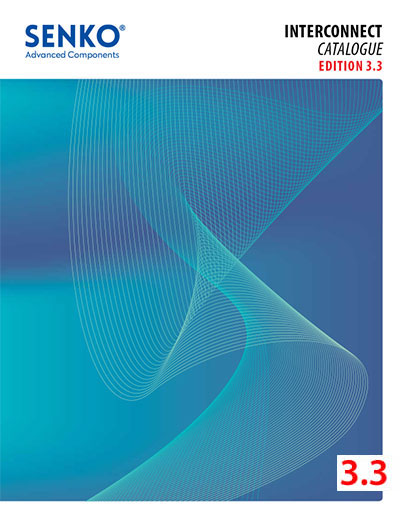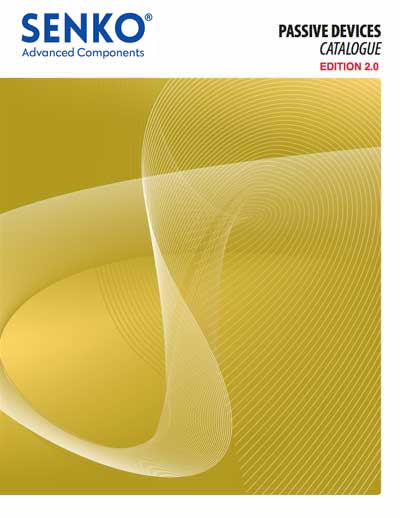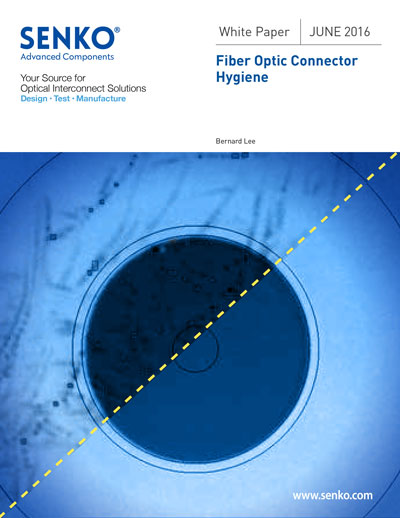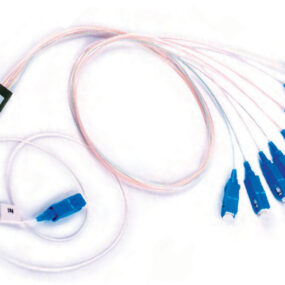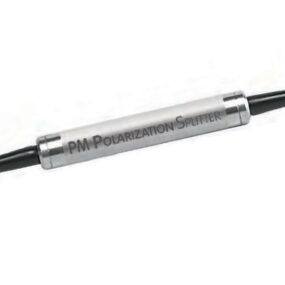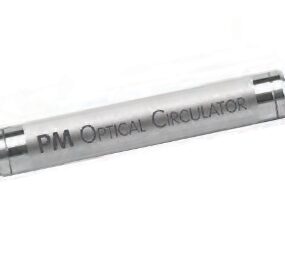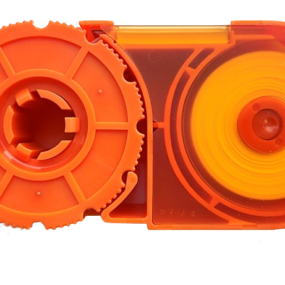PM Filter WDM
SENKO’s PM filter WDM series provide wavelength division multiplexing while maintaining signal polarization, which is ideal for high speed WDM network systems.
- Low Insertion Loss
- High Return Loss
- High Isolation
| PARAMETERS¹² | VALUE | |||
| Wavelength Range (nm) | 1270-1350(1530-1600) | 1450-1490(1530-1600) | 1500-1520(1530-1570) | |
| Pass Band (dB) | Typ. Insertion Loss | 0.4 | 0.4 | 0.5 |
| Max. Insertion Loss | 0.6 | 0.6 | 0.7 | |
| Typ. Isolation | 30 | |||
| Min. Isolation | 25 | |||
| Wavelength Range (nm) | 1530-1600(1270-1350) | 1530-1600(1450-1490) | 1530-1570(1500-1520) | |
| Reflection Band (dB) | Typ. Insertion Loss | 0.3 | ||
| Max. Insertion Loss | 0.5 | |||
| Typ. Isolation | 15 | |||
| Min. Isolation | 12 | |||
| Minimum Extinction Ratio (dB) | 20 | |||
| Minimum Return Loss (dB) | 50 | |||
| Maximum CW Input Optical Power (mW) | 300 | |||
| Fiber Type³ | PM Panda Fiber | |||
| Operating Temperature (°C) | -5 to +70 | |||
| Storage Temperature (°C) | -40 to +85 | |||
| Packaging Dimensions (mm) | 5.5 (Ø) x 35 (L) | |||
Notes:
1. Above specifications are for devices without connectors.
2. For a device with connectors, IL will be specified 0.3 dB higher, RL will be 5dB lower and ER will be 2dB lower.
3. The PM fiber and the connector key are aligned to the slow axis.
Fiber Optic Instruments
Raman Amplifiers
EDFAs
Fiber Sensors




WDM is an acronym for Wavelength Division Multiplexer. The main purpose of the WDM is to increase bandwidth capabilities on a single optical fiber. Signals are sent using different wavelengths across one fiber channel until they are split into their respective lanes. The splitting is called demultiplexing. In reverse, the WDM can combine or multiplex the different wavelengths onto one fiber. This greatly increases the amount of information that can be sent over a single fiber.
CWDM is an acronym for Course Wavelength Division Multiplexer. CWDM is a type of WDM technology, however, the channel spacing is controlled to a recommended spacing called the ITU CWDM grid. In this grid, the channel spacing is 20nm with a channel passband of +/-6.5nm in the center wavelength. According to the ITU grid, the wavelength range is 1270nm to 1610nm where there are 18 individual channels separated by 20nm spacing.
DWDM is an acronym for Dense Wavelength Division Multiplexer. Similar to CWDM’s, a DWDM allows the multiplexing and demultiplexing of more than one wavelength that can be transmitted over one fiber. The difference here, is that the spacing is more dense. This means that the spacing is spaced at 0.8nm/0.4nm for DWDM’s. The wavelength used are from 1525nm to 1625nm which are known as the C Band and L Band wavelength ranges. DWDM’s allow for more channels due to the tight channel spacing.

